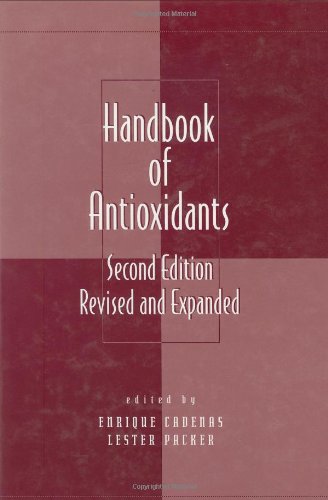- 2 402 202 книги
- Поиск
libcats.org









Microbiology Handbook - Dairy Products Leatherhead
Rhea FernandesMilk and dairy products form a central part of the human diet, as they are rich in nutrients. On the other hand, because of their high nutrient value, they favour rapid microbial growth. In some cases, this microbial growth is beneficial, while in others it is undesirable. Dairy products may be contaminated with pathogens or microbial toxins; therefore, the microbiology of these products is of key interest to those in the dairy industry. 'Microbiology Handbook - Dairy Products' provides readers with an easy-to-use reference to microorganisms found in milk and dairy products. The handbook covers: initial microflora; sources of contamination; effects of processing on the survival and growth of microorganisms; spoilage; and hazards identified with the consumption of these products. First published in 1995, the book is now in its 3rd edition, underlining its usefulness as a reference guide. As with the previous editions, this fully updated book presents the information under the following key product categories: Liquid Milk Products Concentrated and Dried Milk Cream Butter and Spreads Cheese Fermented Milks Ice-cream Products HACCP and contact information for various food authorities sections have also been revised. Further, this new edition now contains: Commission Regulations on hygiene rules for food of animal origin (EC 853/ 2004) and microbiological criteria for Foodstuffs (EC 2073/ 2005) A key pathogen - Enterobacter sakazakii, associated with the use of powdered infant formulas and linked to outbreaks of meningitis, septicemia, and necrotizing enterocolitis.
EPUB | FB2 | MOBI | TXT | RTF
* Конвертация файла может нарушить форматирование оригинала. По-возможности скачивайте файл в оригинальном формате.
Популярные книги за неделю:

Проектирование и строительство. Дом, квартира, сад
Автор: Петер Нойферт, Автор: Людвиг Нефф
Размер книги: 20.83 Mb

Система упражнений по развитию способностей человека (Практическое пособие)
Автор: Петров Аркадий НаумовичКатегория: Путь к себе
Размер книги: 818 Kb

Сотворение мира (3-х томник)
Автор: Петров Аркадий НаумовичКатегория: Путь к себе
Размер книги: 817 Kb

Радиолюбительские схемы на ИС типа 555
Автор: Трейстер Р.Категория: Электротехника и связь
Размер книги: 13.64 Mb

Handbook of Antennas in Wireless Communications
Автор: Lester Packer, Автор: Enrique Cadenas
Размер книги: 37.19 Mb
Только что пользователи скачали эти книги:

Handbook of differential equations: evolutionary equations
Автор: C.M. Dafermos, Автор: Eduard Feireisl
Размер книги: 3.04 Mb

Classical Dynamics of Particles and Systems
Автор: Stephen T.(Stephen T. Thornton) Thornton, Автор: Jerry B. Marion
Размер книги: 4.66 Mb

Стратегия Российской Федерации в области развития науки и инноваций на период до 2015 г
Автор:Категория: ВУЗовская наука программы методики
Размер книги: 1.34 Mb

Reforming Intergovernmental Fiscal Relations And The Rebuilding of Indonesia: The ''Big Bang'' Program And Its Economic Consequences (Studies in Fiscal Federalism and State-Local Finance)
Автор: James Alm, Автор: Jorge Martinez-Vazquez, Автор: Sri Mulyani IndrawatiКатегория: Экономика
Размер книги: 999 Kb





